Stop Sofa Chaos: Make Two Different Sofas Look Intentional in 2-3 Hours
Difficulty: Novice
Time: 2-3 hours (planning and arranging)
Cost: $0 (using existing furniture)
Why You'll Like This
You've been staring at two completely different sofas that couldn't look more mismatched if you tried, and you're wondering how to make them play nicely together in your living room. Here's the thing though—that "problem" might actually be your biggest design opportunity.
The era of matching furniture sets is behind us, and mixing different sofa styles creates visually captivating, personalized interiors that tell your unique story. Professional designers know that the formulaic approach of coordinated three-piece suites has had its day. What we're seeing instead is a more sophisticated approach where scale relates to proportion, texture converses with form, and color can either unite or fragment a space.
The secret isn't hiding the differences between your sofas—it's celebrating them while creating intentional connections through strategic color coordination, smart placement, and clever accessories. No expensive matching sets required.
What You'll Need
Materials
- Two existing sofas (different styles/colors)
- Area rug (large enough to anchor both pieces)
- 4-6 throw pillows in coordinating colors
- 1-2 throw blankets
- Coffee table or ottoman
- Side tables (2)
Tools
- Measuring tape
- Notepad and pen
- Camera or smartphone (for testing layouts)
Safety First
- Clear pathways before moving furniture to prevent trips and falls
- Lift furniture properly using your legs, not your back
- Adult supervision required when children are present during furniture rearrangement
- Ensure electrical cords aren't pinched under furniture legs
Steps
-
Measure your room's foundation carefully. Record your living room dimensions and note where your windows, doors, and focal points (like entertainment centers or fireplaces) are positioned. These measurements will determine whether your two-sofa arrangement creates a conversation area or a traffic jam. Allow at least 30 inches (76 cm) between furniture pieces for comfortable movement, as it's important to leave clear paths for movement so the room doesn't feel overcrowded.
Tip: Take photos of your empty room from different angles. These will help you visualize arrangements before physically moving heavy furniture.
-
Choose your color strategy based on your room's existing palette. Your flooring, wall colors, and permanent fixtures all influence which sofa combinations will work, since the sofa colours should work with the colour of the living room. You have three proven approaches: working within the same color family where color unity permits dramatic contrasts in form and texture, or the nearly foolproof strategy of pairing sofas in bold colours with those in neutral tones.
Note: Use the 60-30-10 color rule—60% dominant neutral, 30% secondary color, 10% accent color through pillows and accessories.
-
Select your layout based on your room's shape and intended use. For intimate conversation areas, having sofas face each other creates a more intimate layout that works beautifully in rectangular rooms because it naturally draws people together. In smaller spaces, an L-shape layout is ideal for creating a cozy and conversational space while maximizing seating and keeping traffic flow clear.
Tip: Before committing to a layout, sit in each sofa position to test sight lines and conversation flow.
-
Create visual connections through intentional contrast. This is where professional design magic happens: embrace contrast as your greatest ally, pairing straight architectural lines with sensuous curves, dark upholstery with light, and bold statement colours with sophisticated neutrals. When selecting contrasting elements, Shea likes to contrast these design elements when selecting two sofas—material, form, scale, and tone. For example, select one sofa that extends to the floor and the second with stylized legs to create grounding and lift in the same room.
Why it works: Intentional contrast creates visual interest while shared elements (like similar arm heights or coordinating colors) maintain harmony.
-
Unify with strategic accessories to tie everything together. Professional designers know that connecting elements like matching feet, coordinating cushions, and area rugs help harmonise mismatched sofas, making them appear intentionally curated rather than haphazard. The key is the "rule of three"—repeat your unifying color in exactly three accessories around the room to create visual rhythm without overwhelming the space. This works through identical leg finishes, coordinated cushion schemes that incorporate fabrics from both sofas, and area rugs that pick up tones from each piece whilst introducing a third unifying colour.
Tip: Choose one color that appears in both sofas (even if it's just the wood tone of the legs) and repeat it in three accessories around the room.
Cleanup & Disposal
- Return any furniture moving tools to storage
- Vacuum areas where furniture was moved
- Store extra pillows and throws in designated spaces
- Take photos of your final arrangement for future reference
Troubleshooting
Problem: Sofas look disconnected → Fix: Add a large area rug that touches the front legs of both sofas
Problem: Room feels unbalanced → Fix: Ensure similar visual weight on both sides through accessories or side tables
Problem: Colors clash → Fix: Introduce neutral throw pillows that bridge the color gap
Variations & Upgrades
- Budget-friendly: Use throws and pillows in coordinating colors to create instant cohesion
- Renter-friendly: Focus on removable accessories rather than permanent changes
- Luxury upgrade: Invest in custom cushions that incorporate fabrics from both sofas
Making Your Mark With Mixed Sofa Styles
Successfully styling two different sofas isn't about following rigid rules—it's about creating intentional connections through color, texture, and placement. This approach allows you to create a home that reflects your personality while achieving a curated, layered look, moving far beyond the limitations of matching furniture sets.
Remember that mixing and matching different sofa styles is a thoroughly rewarding and creative design adventure. With strategic planning and an understanding of design fundamentals, you can create spaces with genuine character and depth—spaces that tell your story rather than a furniture store's version of what a living room should look like.
The key is understanding that there are no rules to design—experiment with a few sofa arrangements that work for your living space. Trust your instincts, test different combinations, and remember that the best rooms feel collected over time rather than purchased all at once. Your two "mismatched" sofas aren't a problem to solve—they're the beginning of a more interesting, more personal living space.







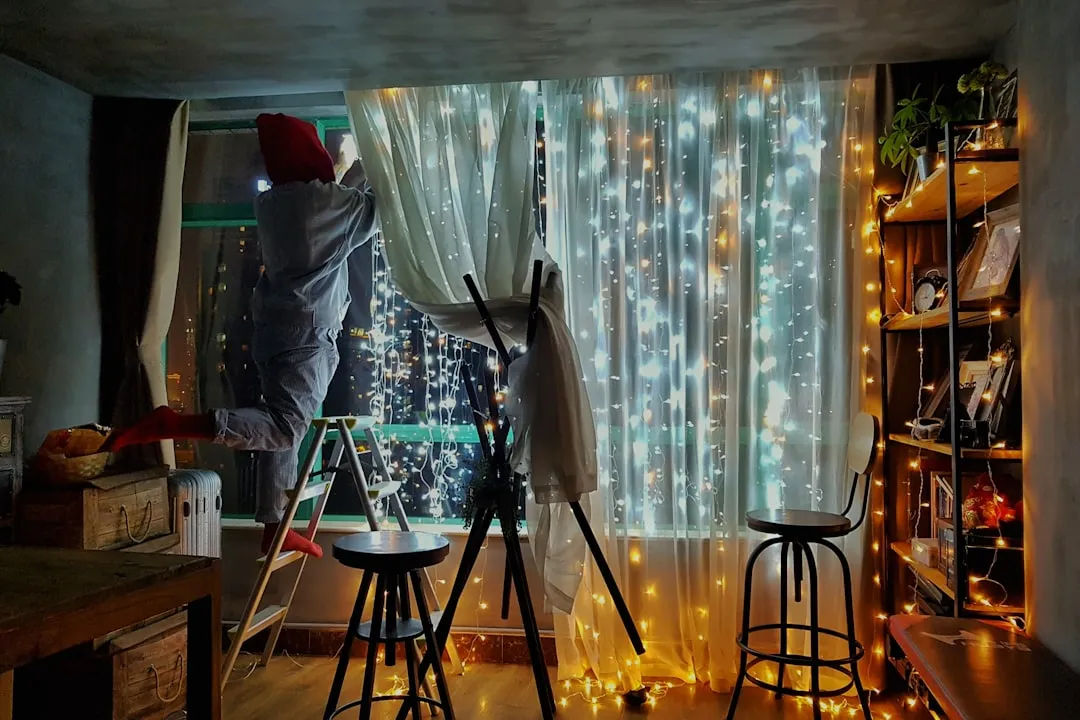


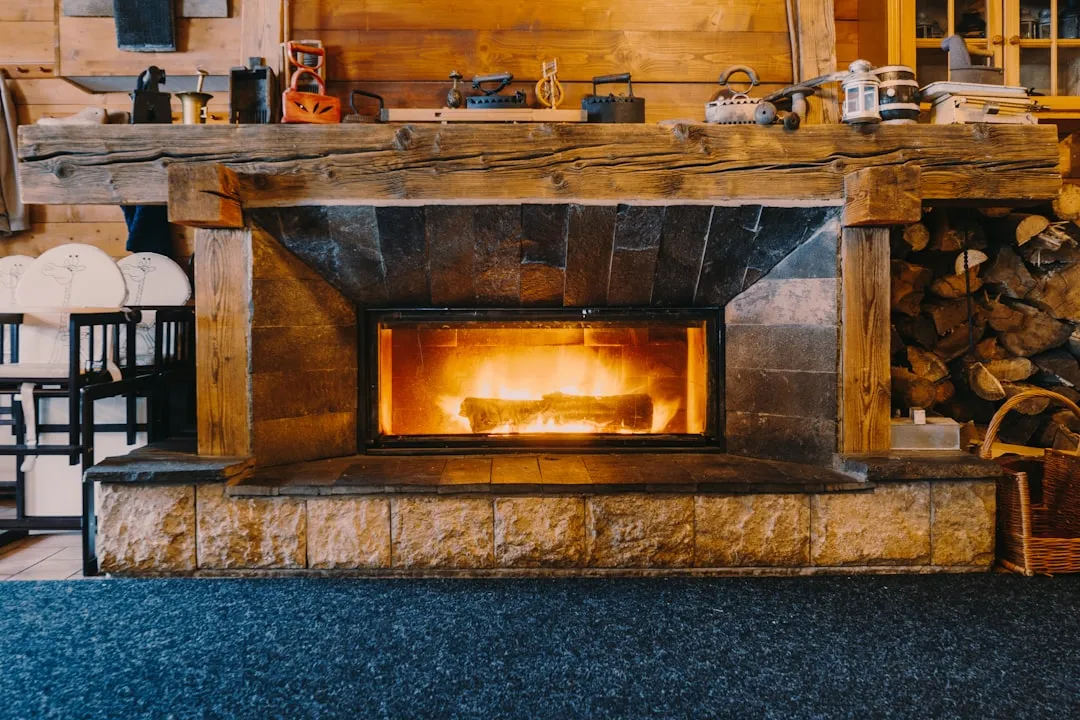
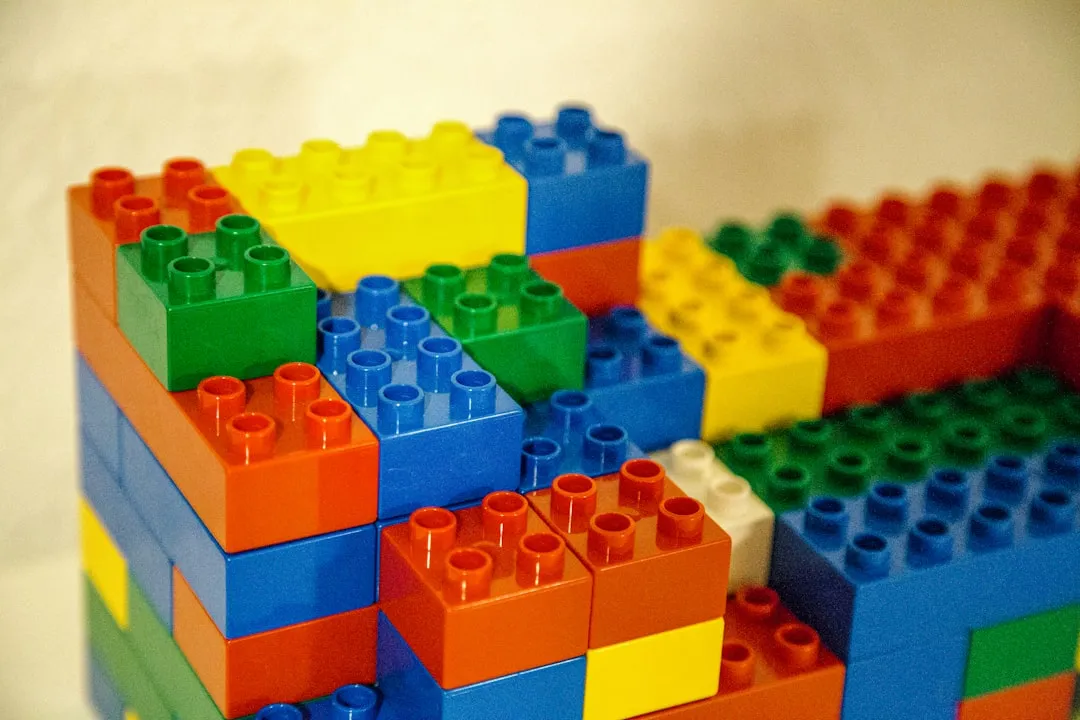
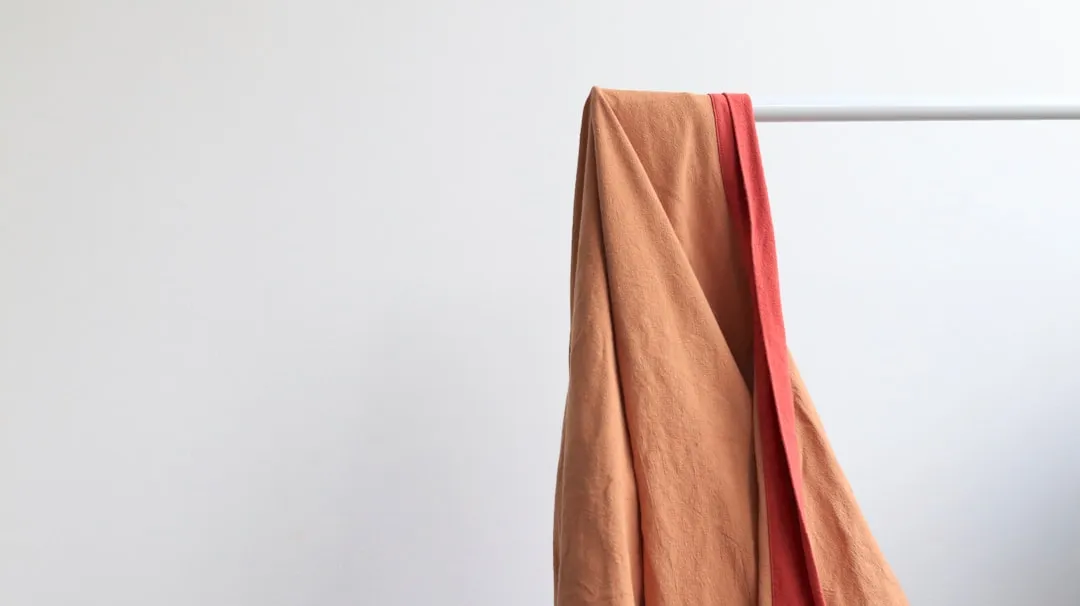
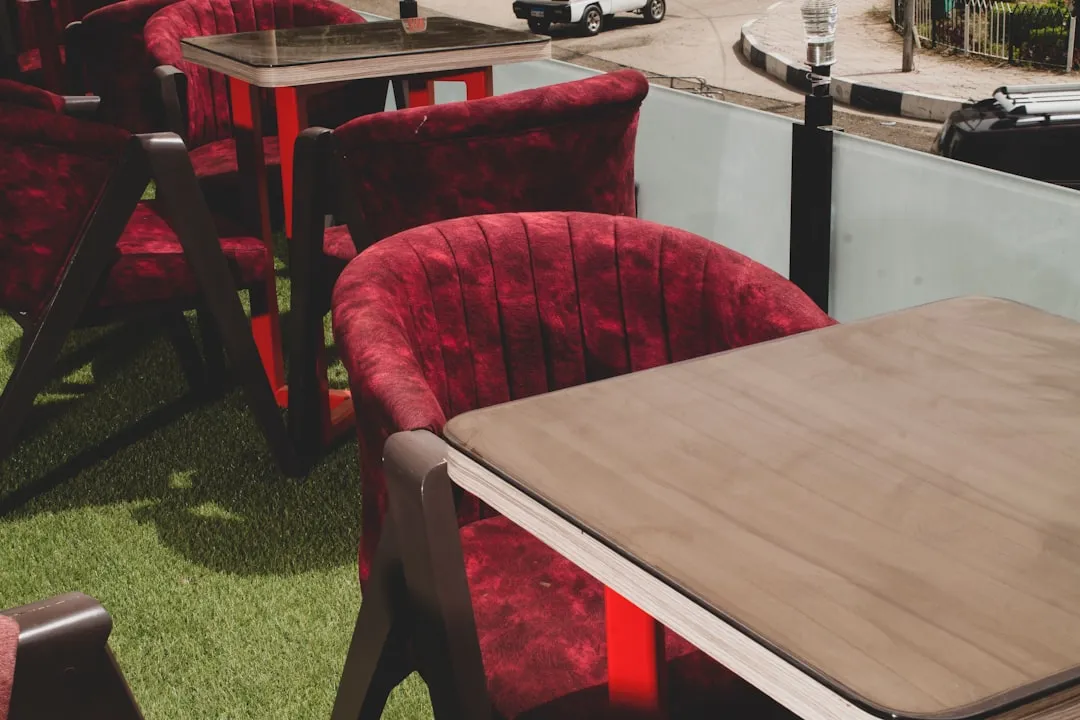
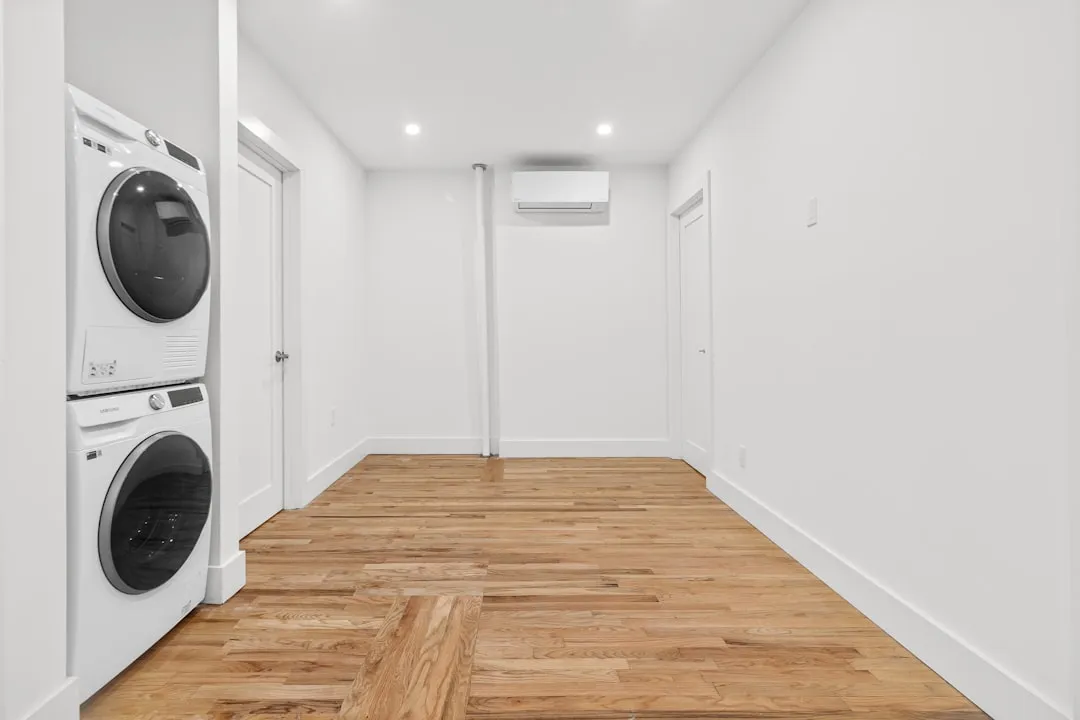




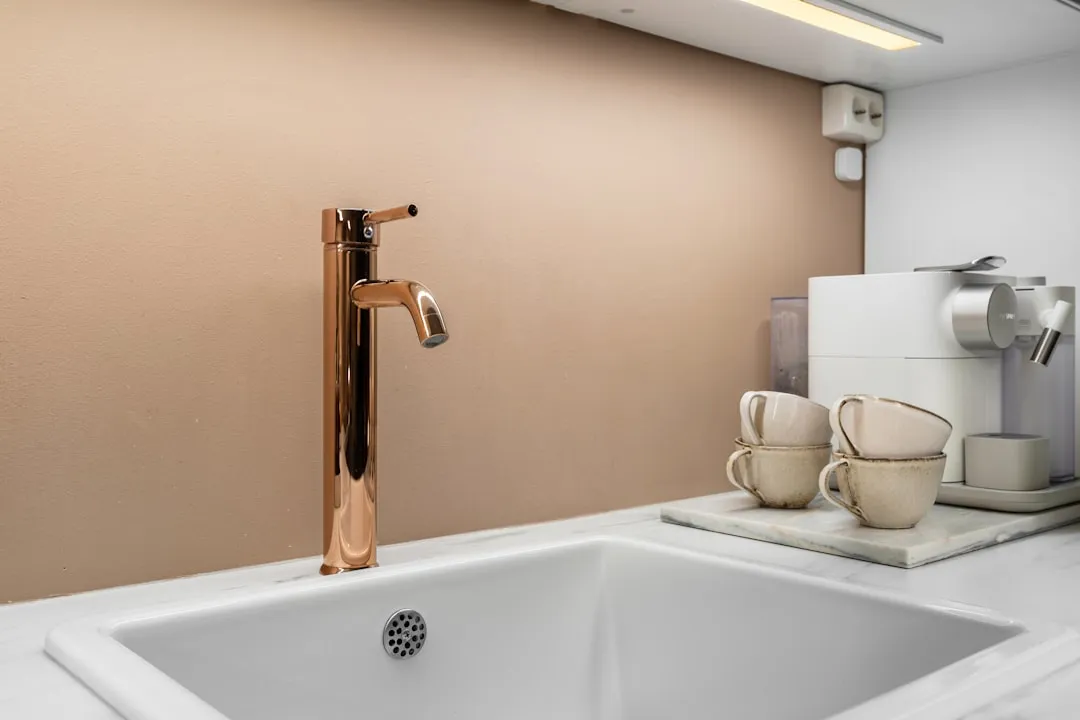
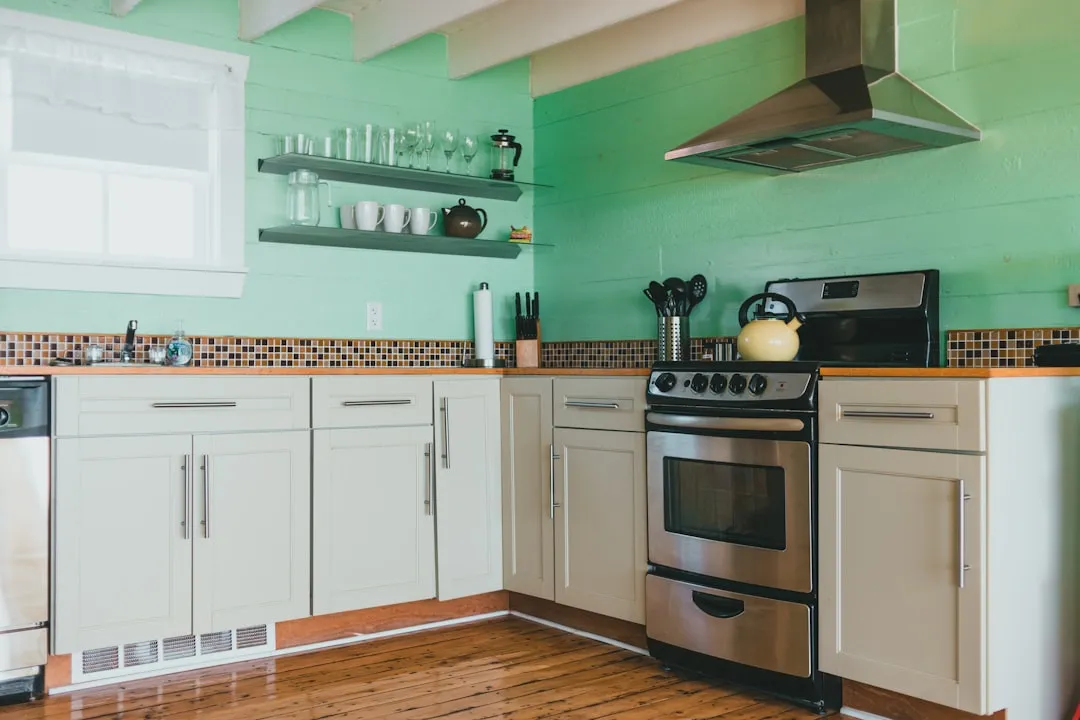

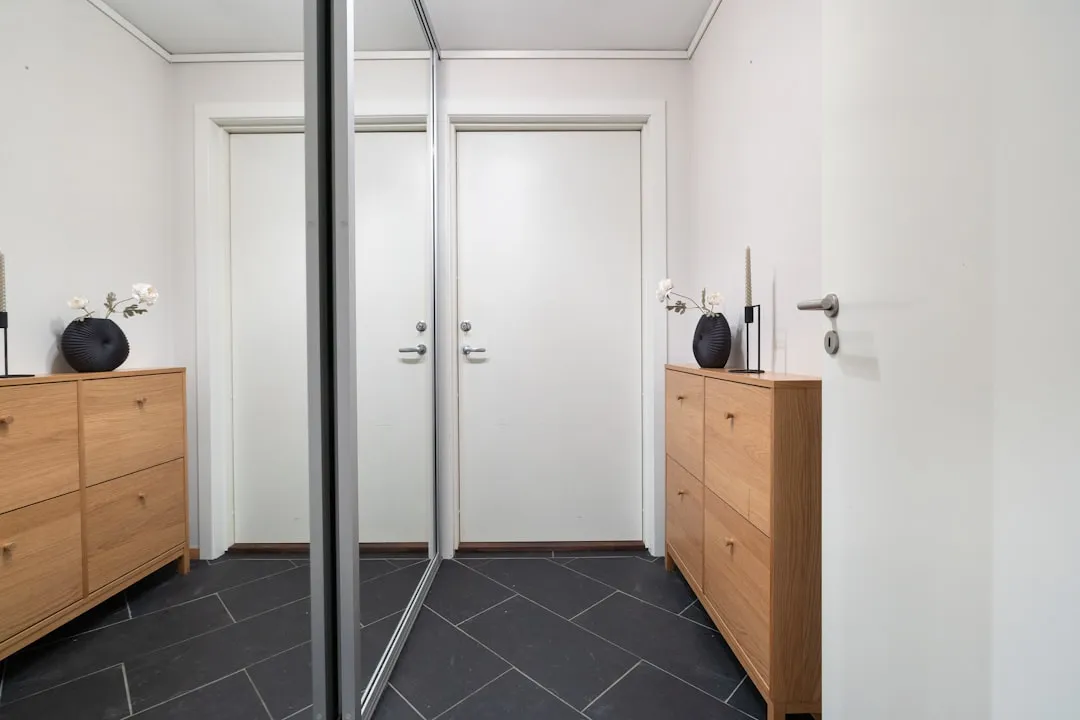

Comments
Be the first, drop a comment!